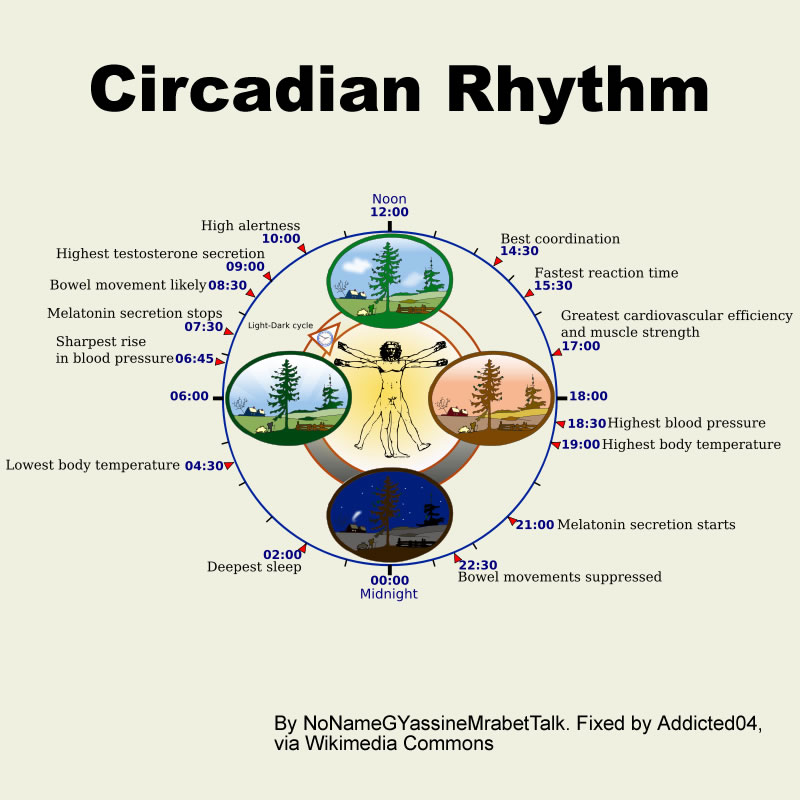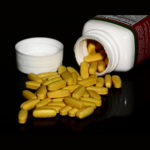As if periods weren’t bad enough with the bleeding, fatigue, and general discomfort (if you google “I hate my period” you get over 38,000,000 hits!), many women also deal with acne-like menstrual breakouts during that time of the month. If this is you, read on; you’ll find that there’s a nutrient you can use that may help eliminate and completely prevent period pimples and at the same time reduce other unpleasantries associated with your monthly cycle.
From a vitamin standpoint, nothing beats the B’s for keeping skin blemish-free, especially Vitamin B6 (pyridoxine). Vitamin B6 is one of those vitamins that you don’t hear a lot about, which is unfortunate because it’s involved in so many different important biochemical functions. It’s especially significant for the skin; it was discovered by a Hungarian scientist in the 1930’s, who used in to treat skin lesions in rats. It’s important for the production of serotonin levels and has been shown to improve depression, mood, and even helps increase the vividness of dreams. It’s one of the most important of nutritional substances for cardiac health along with folic acid, B12, and possibly niacin; it forms an important part of the nutritional protocol for protection against heart disease and other circulatory issues. Along with magnesium, it’s been used to treat autism, and Dr. Abram Hoffer, who is considered one of the fathers of nutritional medicine, used it as part of his protocol for treating schizophrenia. Dr. Hoffer also wrote in his book Orthomolecular Nutrition, that vitamin B6 and zinc deficiencies can cause white spots in the fingernails. It’s been shown to reduce the risk of colon cancer and it can even help treat hangovers. It’s a critical component of the metabolism of essential fatty acids and female hormones, and this makes it an invaluable supplement for treating non-skin PMS symptoms like swelling, breast tenderness, moodiness, and depression. If you’re using it for any hormone related issues, it’s probably a good idea to take it with magnesium and zinc which work together for fat metabolism.
The B- vitamins, in general, are involved in the building of biological chemicals, and B6 seems to have a special role in the production of female hormones. For example, there is a lot of good literature to support the use of vitamin B6 for the nausea that’s associated with pregnancy, so-called morning sickness, and the part it plays in treating premenstrual breakouts (which are associated with a combination of nutritional deficiency and the drop in estrogen that occurs as a woman’s period approaches) arises from its important role in female hormone chemistry.
While estrogen is associated with a smooth, soft, blemish-free countenance, not too oily but naturally hydrated, as a woman approaches her period and the levels of this critical cutaneous hormone drop, the skin can suffer. Zits, oiliness, and a blotchy tone are just some of the ways the monthly plunge in estrogen production can show up. And that’s where vitamin B6 comes in. The water-soluble nutrient, whose levels are reduced by various factors such as antibiotics, birth control pills, and poor dietary choices, combined with lack of supplementation, plays a key role in sensitizing skin cells to estrogen. Making sure you’ve got enough of it floating in the blood can mitigate some of the effects of estrogen deficiency by making cells more responsive to the estrogen that’s there. In other words, the more B6 is around, the better your estrogen will work.
If you are breaking out when you get your period, that is NOT a normal part of the menstrual cycle. It is a sign that there are some biochemical deficiencies, and given how under-nutriated we are and the kind of foods we eat, we probably shouldn’t be surprised. If you’re one of the many women with multiple uncomfortable symptoms around your period, in addition to B6 you’d be smart to include the other B-vitamins, including niacin, biotin, and B12. Pantothenic acid (Vitamin B5) is particularly helpful especially if the skin is oily. B5 is important for healthy fat hormone production as well as fat processing. It can even be used topically by breaking open a capsule, mixing a little pantothenic acid powder in a cream, and applying directly to blemishes. But even if you’re a woman that’s lucky or healthy enough to have relatively easy periods and you’re just breaking out a little bit, Vitamin B6 at about 100 to 200 mg a day WITH all the other B’s(!!!) can be helpful. Either way, you’ll have dramatic improvements in all of your symptoms. No woman has to suffer from premenstrual or menstrual distress symptoms, period!















